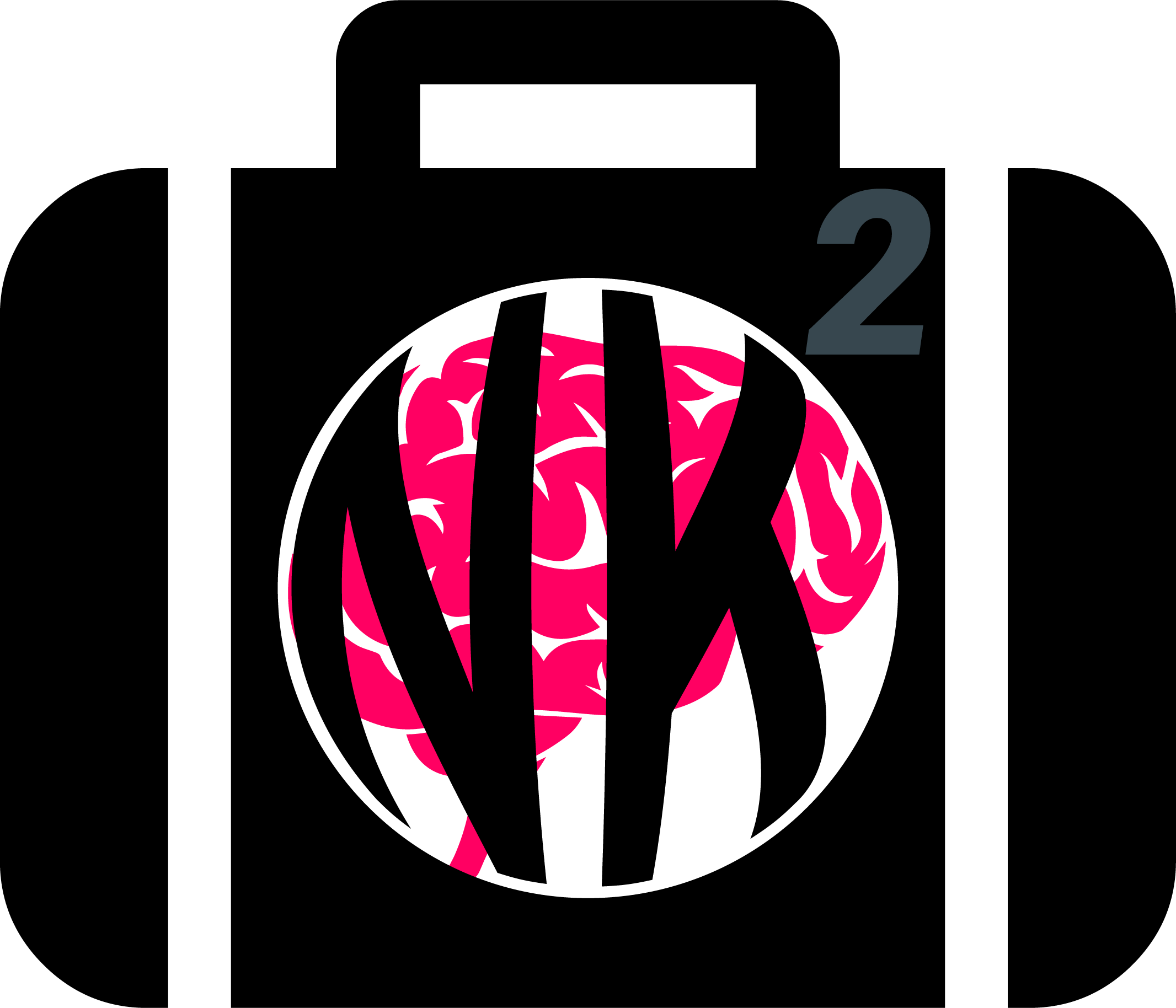import numpy as np
from ..misc import find_closest
[docs]
def video_skin(face, show=False):
"""**Skin detection**
This function detects the skin in a face.
.. note::
This function is experimental. If you are interested in helping us improve that aspect of
NeuroKit (e.g., by adding more detection algorithms), please get in touch!
Parameters
----------
face : np.ndarray
A face data numpy array of the shape (channel, height, width).
show : bool
Whether to show the skin detection mask.
Returns
-------
np.ndarray
A skin detection mask.
See Also
--------
video_face, video_ppg
Examples
--------
.. ipython:: python
import neurokit2 as nk
# video, sampling_rate = nk.read_video("video.mp4")
# faces = nk.video_face(video)
# skin = nk.video_skin(faces[0], show=True)
"""
# Try loading cv2
try:
import cv2
except ImportError:
raise ImportError(
"The 'cv2' module is required for this function to run. ",
"Please install it first (`pip install opencv-python`).",
)
img = face.swapaxes(0, 1).swapaxes(1, 2)
# Credits:
# https://github.com/pavisj/rppg-pos/blob/master/SkinDetector/skin_detector/skin_detector.py
# Get mask in HSV space
img_hsv = cv2.cvtColor(img, cv2.COLOR_RGB2HSV)
lower_thresh = np.array([0, 50, 0], dtype="uint8")
upper_thresh = np.array([120, 150, 255], dtype="uint8")
mask_hsv = cv2.inRange(img_hsv, lower_thresh, upper_thresh)
mask_hsv[mask_hsv < 128] = 0
mask_hsv[mask_hsv >= 128] = 1
# Get mask in RGB space
lower_thresh = np.array([45, 52, 108], dtype="uint8")
upper_thresh = np.array([255, 255, 255], dtype="uint8")
mask_a = cv2.inRange(img, lower_thresh, upper_thresh)
mask_b = 255 * ((img[:, :, 2] - img[:, :, 1]) / 20)
mask_c = 255 * ((np.max(img, axis=2) - np.min(img, axis=2)) / 20)
mask_d = np.bitwise_and(np.uint64(mask_a), np.uint64(mask_b))
mask_rgb = np.bitwise_and(np.uint64(mask_c), np.uint64(mask_d))
mask_rgb[mask_rgb < 128] = 0
mask_rgb[mask_rgb >= 128] = 1
# Get mask in YCbCr space
lower_thresh = np.array([90, 100, 130], dtype="uint8")
upper_thresh = np.array([230, 120, 180], dtype="uint8")
img_ycrcb = cv2.cvtColor(img, cv2.COLOR_RGB2YCR_CB)
mask_ycrcb = cv2.inRange(img_ycrcb, lower_thresh, upper_thresh)
mask_ycrcb[mask_ycrcb < 128] = 0
mask_ycrcb[mask_ycrcb >= 128] = 1
mask = (mask_hsv + mask_rgb + mask_ycrcb) / 3
# Get percentages of skin as a function of different thresholds
threshold = np.arange(0, 1.2, 0.3)
percent = [np.sum(mask >= t) / mask.size for t in threshold]
threshold = threshold[find_closest(0.5, percent, return_index=True)]
mask[mask < threshold] = 0
mask[mask >= threshold] = 255
# Process mask
kernel = cv2.getStructuringElement(cv2.MORPH_ELLIPSE, (5, 5))
mask = cv2.morphologyEx(mask, cv2.MORPH_CLOSE, kernel)
kernel = cv2.getStructuringElement(cv2.MORPH_ELLIPSE, (3, 3))
mask = cv2.morphologyEx(mask, cv2.MORPH_OPEN, kernel, iterations=2)
# Grab and cut
kernel = np.ones((50, 50), np.float32) / (50 * 50)
dst = cv2.filter2D(mask, -1, kernel)
dst[dst != 0] = 255
free = np.array(cv2.bitwise_not(dst), dtype="uint8")
grab_mask = np.zeros(mask.shape, dtype="uint8")
grab_mask[:, :] = 2
grab_mask[mask == 255] = 1
grab_mask[free == 255] = 0
if np.unique(grab_mask).tolist() == [0, 1]:
bgdModel = np.zeros((1, 65), np.float64)
fgdModel = np.zeros((1, 65), np.float64)
if img.size != 0:
mask, bgdModel, fgdModel = cv2.grabCut(
img, grab_mask, None, bgdModel, fgdModel, 5, cv2.GC_INIT_WITH_MASK
)
mask = np.where((mask == 2) | (mask == 0), 0, 1).astype("uint8")
mask = mask.astype("uint8")
masked_face = cv2.bitwise_and(img, img, mask=mask)
if show is True:
print(f"{int((100 / 255) * np.sum(mask) / mask.size)}% of the image is skin")
cv2.imshow("img", cv2.cvtColor(mask.astype("uint8"), cv2.COLOR_RGB2BGR))
cv2.waitKey(0)
return mask, masked_face
